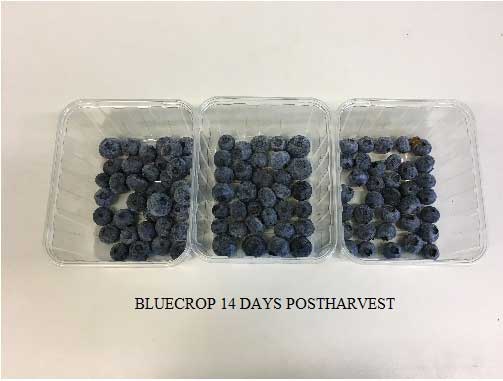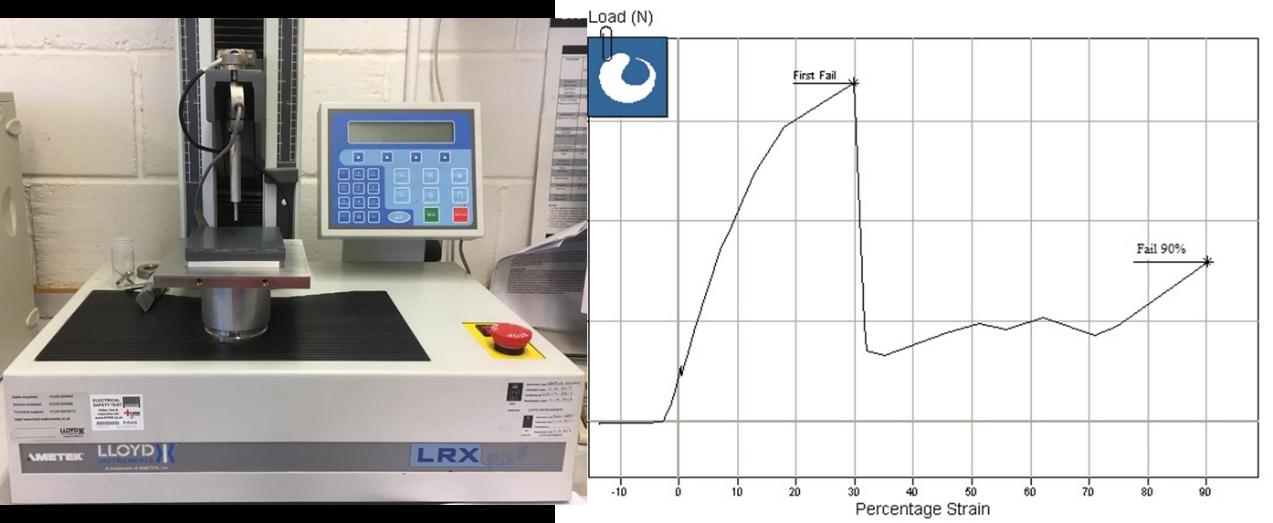María Cárcamo de la Concepción
The worldwide demand for and the consumption of blueberries (Vaccinium species) have significantly increased over the past few years due to advances in fruit quality and, increased awareness of the health and nutritional benefits of eating blueberries. For consumers, blueberry fruit texture, and in particular fruit firmness, are considered, along with flavour, the key quality traits when describing fruit quality. However, blueberries are often subjected to long shipping distances from growing regions to consumer markets, which can have negative consequences for fruit texture and firmness.
Fruit softening occurs during extended shipping and is thus the main driver of loss of quality during the postharvest chain. The degree of softening the berries exhibit determines the final eating quality, and thus, excessive softening leads to rejection of fruit by retailers, a poor consumer experience and discourages repeat purchases. For these reasons, texture is an important selection criterion and varieties able to withstand shipment to distant markets without a significant reduction in texture are favoured for export.
Changes in fruit firmness during postharvest are influenced by a combination of factors including; water loss; the effect of temperature and relative humidity; turgor; cell wall composition; and the effects of CO2 and O2. These changes are genetically regulated, but subject to environmental stresses and the mechanisms governing their regulation and control are not clearly understood.
PhD student, María Cárcamo de la Concepción, registered at the NRI-University of Greenwich and working in collaboration with Driscoll’s Genetics Limited is studying the molecular and physiological mechanisms that determine changes in texture during postharvest storage in blueberries. Two varieties with different firmness profiles, Bluecrop (soft) and Legacy (firm), are being studied at the Produce Quality Centre (PQC) and the Driscoll’s laboratories based in East Malling, Kent. Initial results have revealed an extensive range of differentially expressed genes that could potentially be influencing the behaviour of these cultivars during postharvest storage. In addition, results obtained using a Lloyd texture analyser revealed changes in firmness profiles over time for both cultivars. Experiments are now being carried out to correlate changes in fruit physiology to changes in gene expression during storage.
This PhD studentship leverages the wide range of scientific expertise and facilities at the PQC and Driscoll’s, through an effective industrial collaboration. Thus the project is helping to join academic and industry efforts for the benefit of the blueberry industry.

Figure 1: Blueberries of Bluecrop cultivar after 14 days of storage under low temperature and high relative humidity.

Figure 2: Lloyds LRX texture analyser and firmness profile graph.
